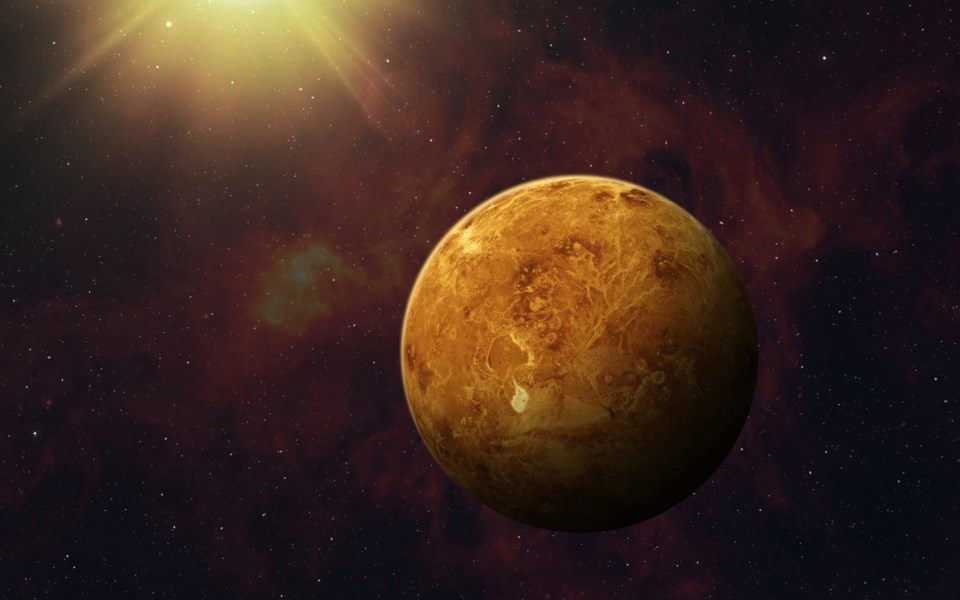The moon begins April at last quarter, pairing up with Mars, Saturn, Neptune and Venus from late April 5 until the afternoon of April 7. It reaches perigee April 7 as well, causing large coastal tides. New moon is April 8, bringing a spectacular total solar eclipse for many North American viewers in early afternoon.
The eclipse begins out in the mid-Pacific, reaching landfall in Mexico and sweeping across the south-eastern United States and eastern Canada, ending in the mid-Atlantic. For observers north or south of the total eclipse track, the sun is partially eclipsed – make sure to use proper eye protection when any part of the sun is visible.
While the total eclipse lasts for only two or three minutes, the partial phase lasts for nearly two hours on the Canadian Prairies. Take advantage of the event as there won’t be another solar eclipse over populated North America until 2045.
April 10, Jupiter is four degrees south of Luna, and the next day the moon is 0.4 degrees south of the Pleiades. April 15 sees Pollux 1.5 degrees north of our satellite; full moon is April 23. Antares is occulted for viewers in the east and south, 0.3 degrees away for Canadian observers.
Mercury is too close to the sun to be seen until late in the month, when it appears near the eastern morning horizon, just before sunrise.
Venus disappears in the morning twilight in the second week of April, rounding in its orbit behind the sun.
Mars meets up with Saturn in the morning sky April 11th. The two tiny disks present different colours – one red and the other yellow – can you pick them out with the unaided eye? Look close to the horizon just before sunrise.
Jupiter is being overtaken by the sun, so will gradually fade from night tonight. The 10th sees the waxing crescent moon nearby, and Uranus is 0.5 degrees south April 20th. In the days after that, Jupiter is overpowered by the sun’s glare.
Saturn is visible in the early morning twilight, very near Mars, as noted above. Watch for the crescent moon April 6th, making a nice trio – perhaps a good photo opportunity. Mars and Saturn remain paired throughout the summer.
Uranus rises high (well at least for the gas planet, that is), reaching 18 degrees declination for the first time since the 1950s. See also Jupiter above.
Neptune eventually comes into view in the early eastern morning twilight – tiny and dim.
The zodiacal light with be visible in the western evening twilight for the first two weeks of April.
The Lyrid meteors peak in the early morning of April 22.
James Edgar has had an interest in the night sky all his life. He joined The Royal Astronomical Society of Canada in 2000, was national president for two terms, is now the editor of the Observer’s Handbook, and production manager of the bi-monthly RASC Journal. The IAU named asteroid 1995 XC5 “(22421) Jamesedgar” in his honour and he was recently awarded a Fellowship of the RASC.




